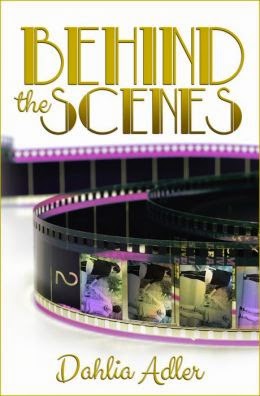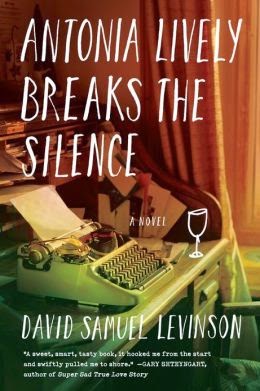
Her entry begins:
We Are the Goldens by Dana Reinhardt. I read about 20% of this book before I went to sleep on a Monday night, and I finished the rest of it while flying cross-country the following day. I love reading a book blind—I don’t like to read many descriptions or reviews beforehand, because inevitably your reading of the book will then by tainted by other peoples’ reading of the book. So I’d only heard whispers of this (mostly people saying how much they enjoyed it), and I think it’s the sort of book where going in...[read on]About The Half Life of Molly Pierce, from the publisher:
A gorgeous and visceral page-turner reminiscent of the film Memento, The Half Life of Molly Pierce is perfect for fans of GabrielleVisit Katrina Leno's website.Zevin's Elsewhere and Lauren Oliver's Before I Fall.
For all of her seventeen years, Molly feels like she's missed bits and pieces of her life. Now she's figuring out why. Now she's remembering her own secrets. And in doing so, Molly uncovers the separate life she seems to have led . . . and the love that she can't let go.
Writers Read: Katrina Leno.
--Marshal Zeringue











































